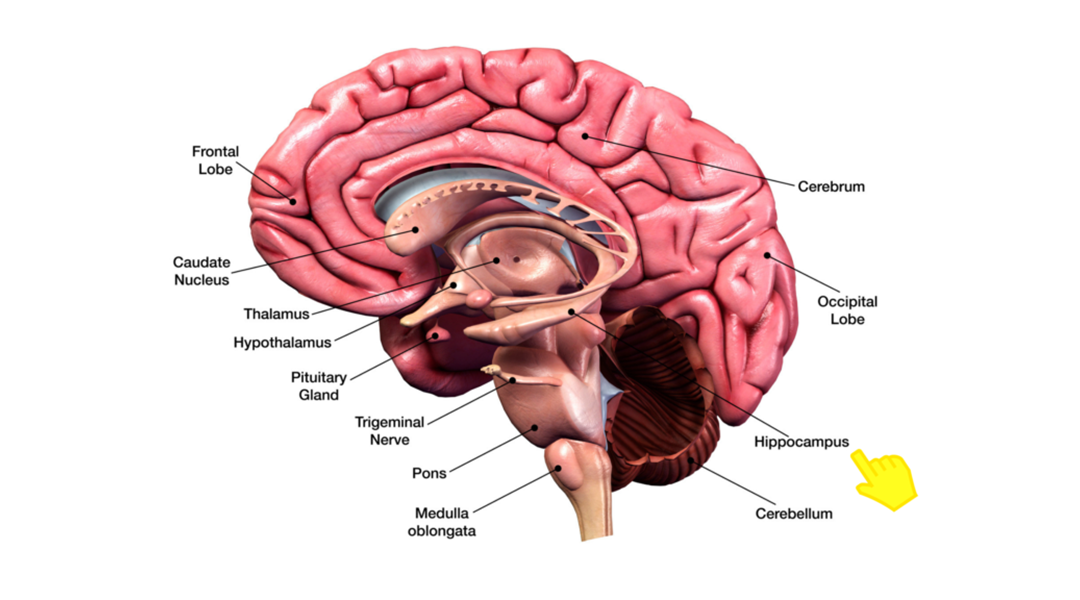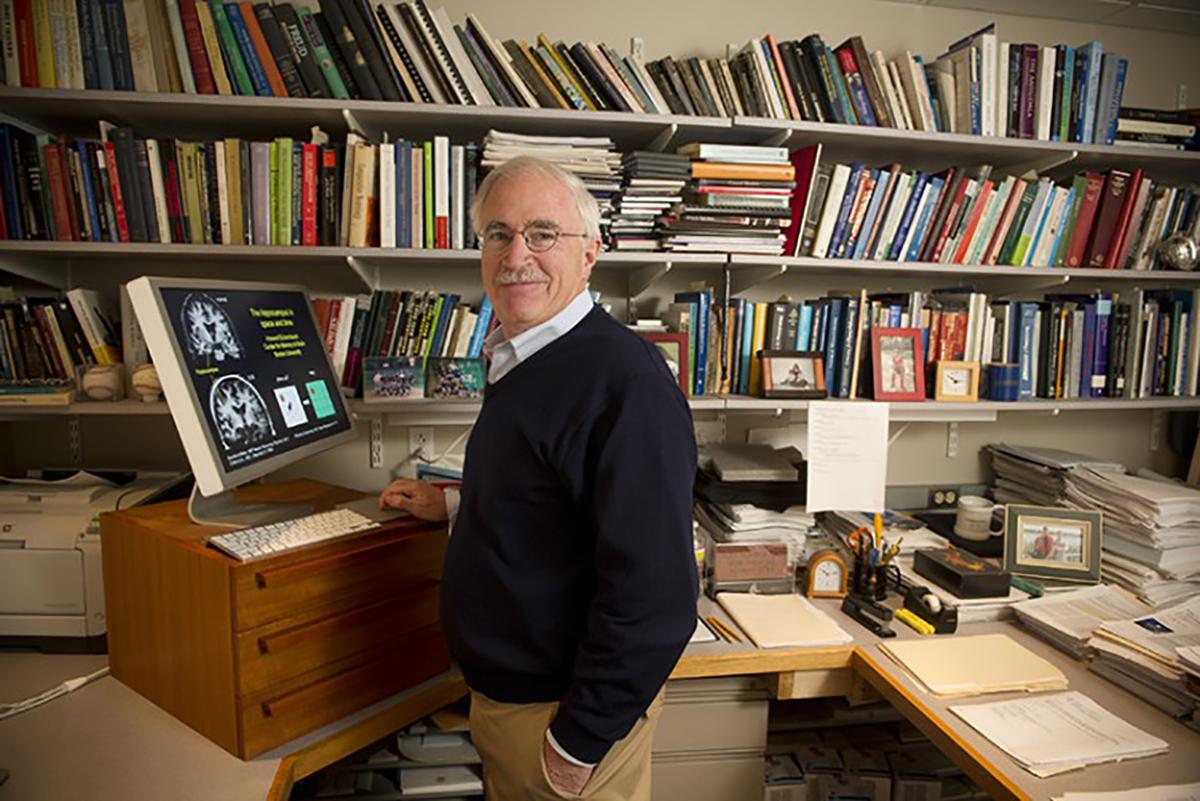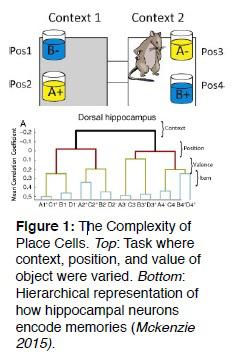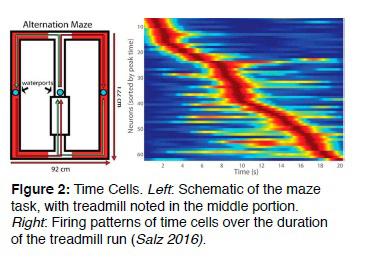by Merridee Lefner, Graduate Student, UTSA Neuroscience Institute
On Tuesday the 20th of September, the University of Texas at San Antonio’s Neurosciences Institute welcomed a lecture by Dr. Howard Eichenbaum on figuring out the function of the hippocampus, a region in the brain that is known to be the center of memory and emotion. Recently, it was found that the hippocampus also has a component called “place cells” – neurons that activate when we enter a particular place in space. Dr. Eichenbaum further elaborated on the intricacy of place cells, as well as introduced a newer finding: that hippocampal neurons can encode timing in addition to space!
The Complexity of Place Cells
In a task where rats would experience varying combinations of rewarding/non-rewarding objects, the placement of the objects in the environment, and the context the objects were in, Eichenbaum found that there was a “hierarchical organization of ensemble representations of distinct events”. This means that place cells were first deducing the context they were in, followed by the position of the objects, and so on until the rat could figure out the meaning of the object (Figure 1). This complex finding illustrates the fact that the hippocampus systematically organizes all relevant information into memories. Both spatial (position) and non-spatial (reward value of object) information is integrated, showing that hippocampal neural activity should be viewed as having several dimensions of organization rather than only a spatial dimension.
Time Cells
In addition to place cells, Eichenbaum found that hippocampal CA1 and CA3 neurons can encode both spatial and temporal properties. By recording from hippocampal neurons while a rat was on the treadmill portion of a maze, as the treadmill ensured there was no change of the rat’s “place” in the environment, he saw that neurons had temporally modulated firing patterns (Figure 2), confirming that there was neuronal activity as time was changing. This finding confirms that the hippocampus has both a spatial and temporal dimension, which participate in the organization of memory during ongoing experience.
Final Thoughts
Together, the results shown by Dr. Eichenbaum at his UTSA Lecture suggest that time cells act very much like place cells, but instead encoding a temporal element during a task. The hippocampus performs the same computations on spatial and temporal information to construct an organization of experience. This helps us better understand the function of the hippocampus and how memories are constructed in multiple dimensions! Though the hippocampus is still a mystery – will we ever end the search for the engram (a biochemical marker or biophysical change)? – the groundbreaking work being done by researchers like Eichenbaum are rapidly advancing our knowledge. It is because of scientists like Dr. Eichenbaum, who break out of their research comfort zones and challenge concepts that are regarded as “known” in their fields, that we have new and exciting discoveries about the brain!
Dr. Howard Eichenbaum
Dr. Howard Eichenbaum is a Professor in the Psychological and Brain Sciences and Director for both the Center for Memory and Brain and the Cognitive Neurobiology Laboratory at Boston University. Dr. Eichenbaum also serves as Editor for the esteemed literary journal Hippocampus. His research focus is to pursue studies that will determine how the hippocampus and its associated cortical areas determine how information is represented. His group uses a combination of neuropsychological studies of the nature of memory loss in animals with damage to these regions in order to answer questions on hippocampal function.
McKenzie, S., Keene, C.S., Farovik, A., Bladon, J., Place, R., Komorowski, R., Eichenbaum, H. Representation of memories in the cortical–hippocampal system: results from the application of population similarity analyses. Neurobiology of Learning and Memory (2015).
Salz, D.M., Tiganj, Z., Khasnabish, S., Kohley, A., Sheehan, D., Howard, M.W., Eichenbaum, H. Time Cells in Hippocampal Area CA3. The Journal of Neuroscience (2016).
Author Bio: Merridee Lefner is a first year graduate student studying the role of dopamine in motivated behavior in the Neurobiology program at the University of Texas at San Antonio. She built a relationship with the Mind Science Foundation through their support of UTSA’s Neurobiologists Evolving Undergraduate Research Opportunities (N.E.U.R.O.) Club where she served as president. Merridee loves the brain and hopes to one day have her own lab!




